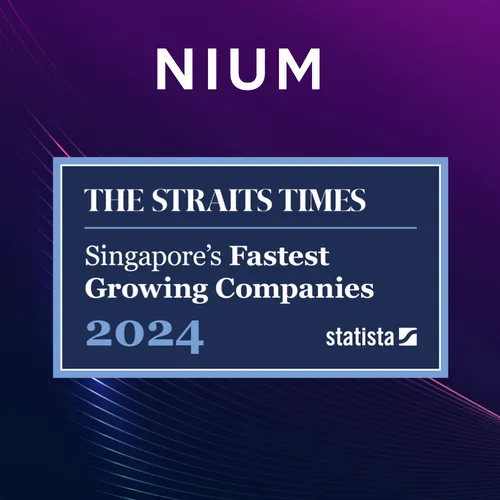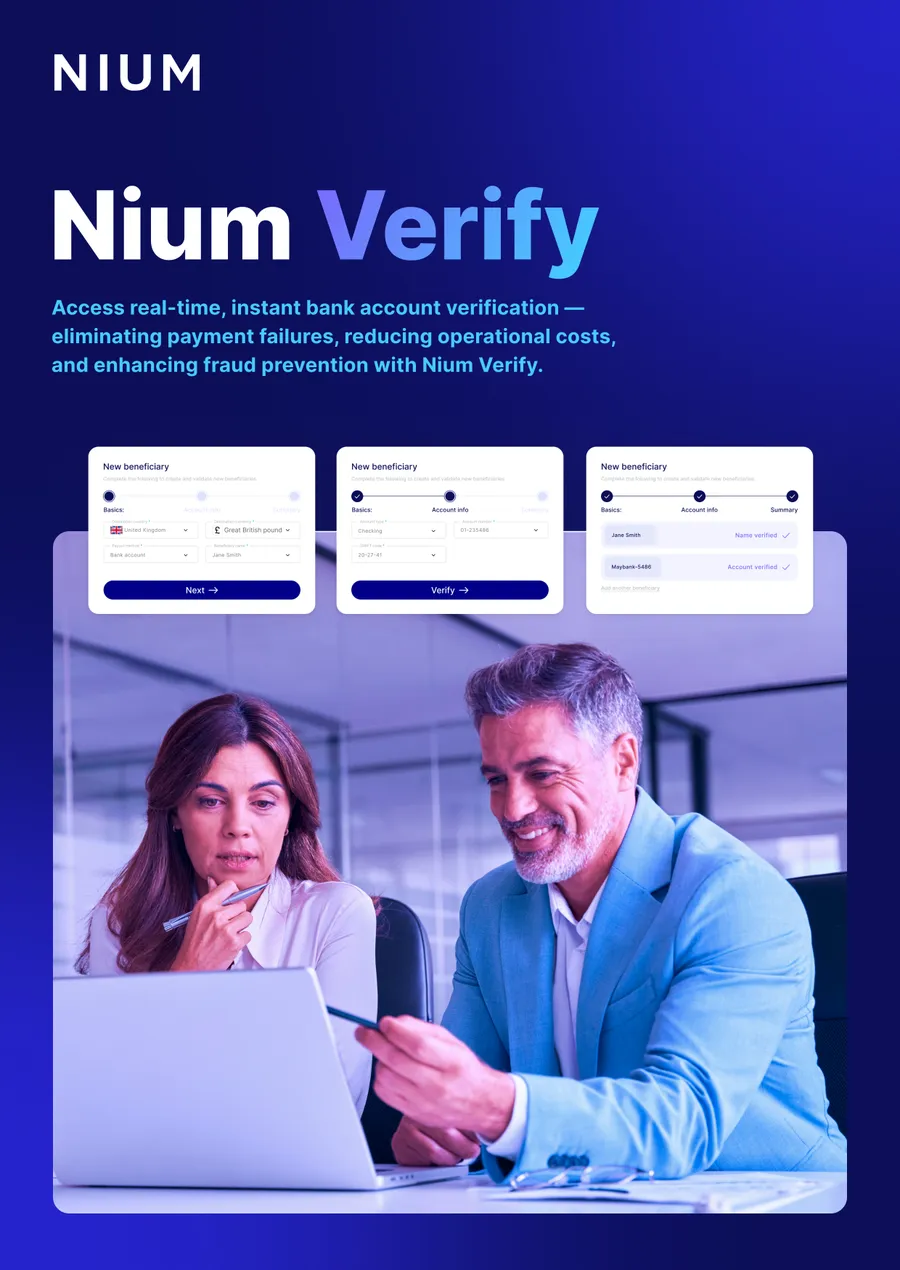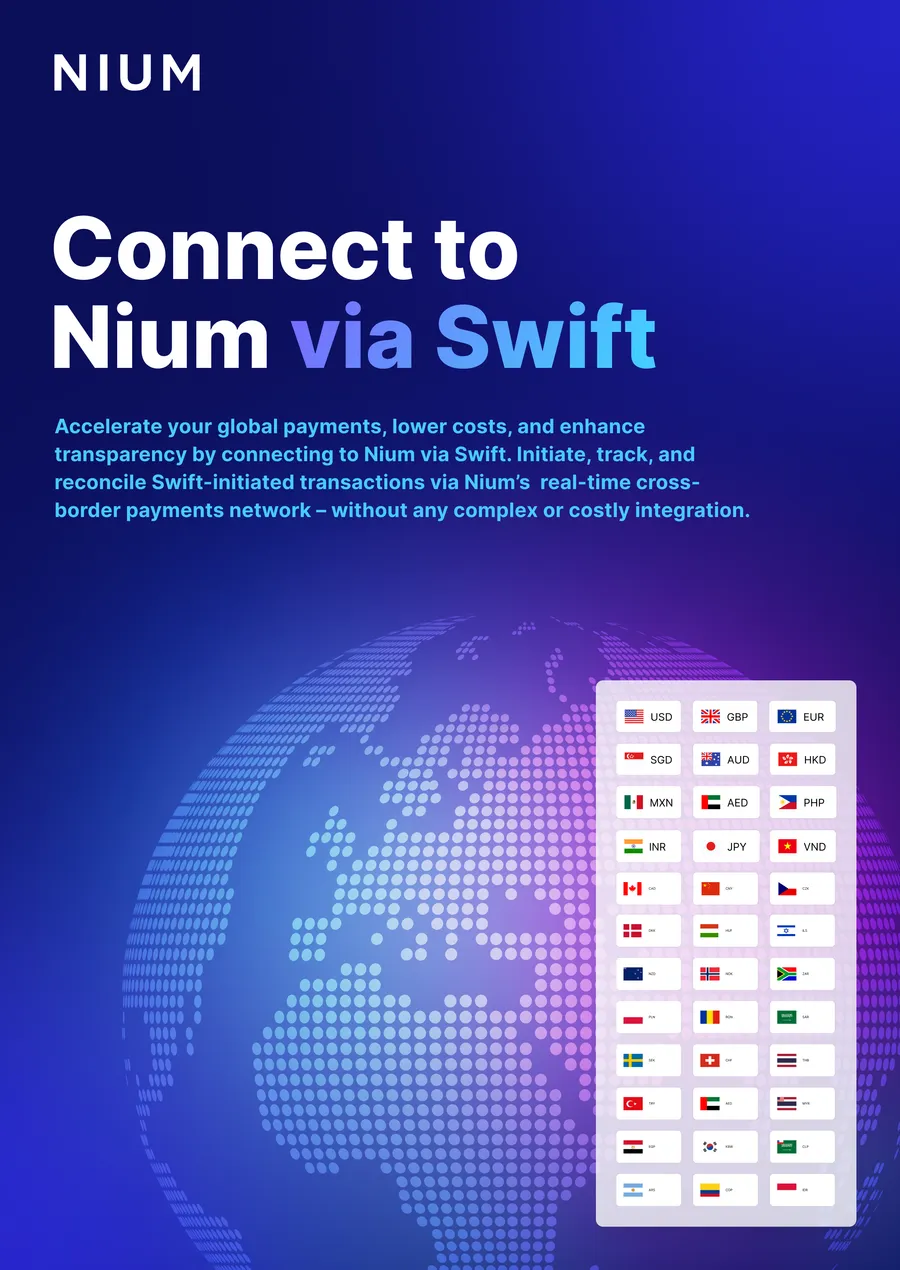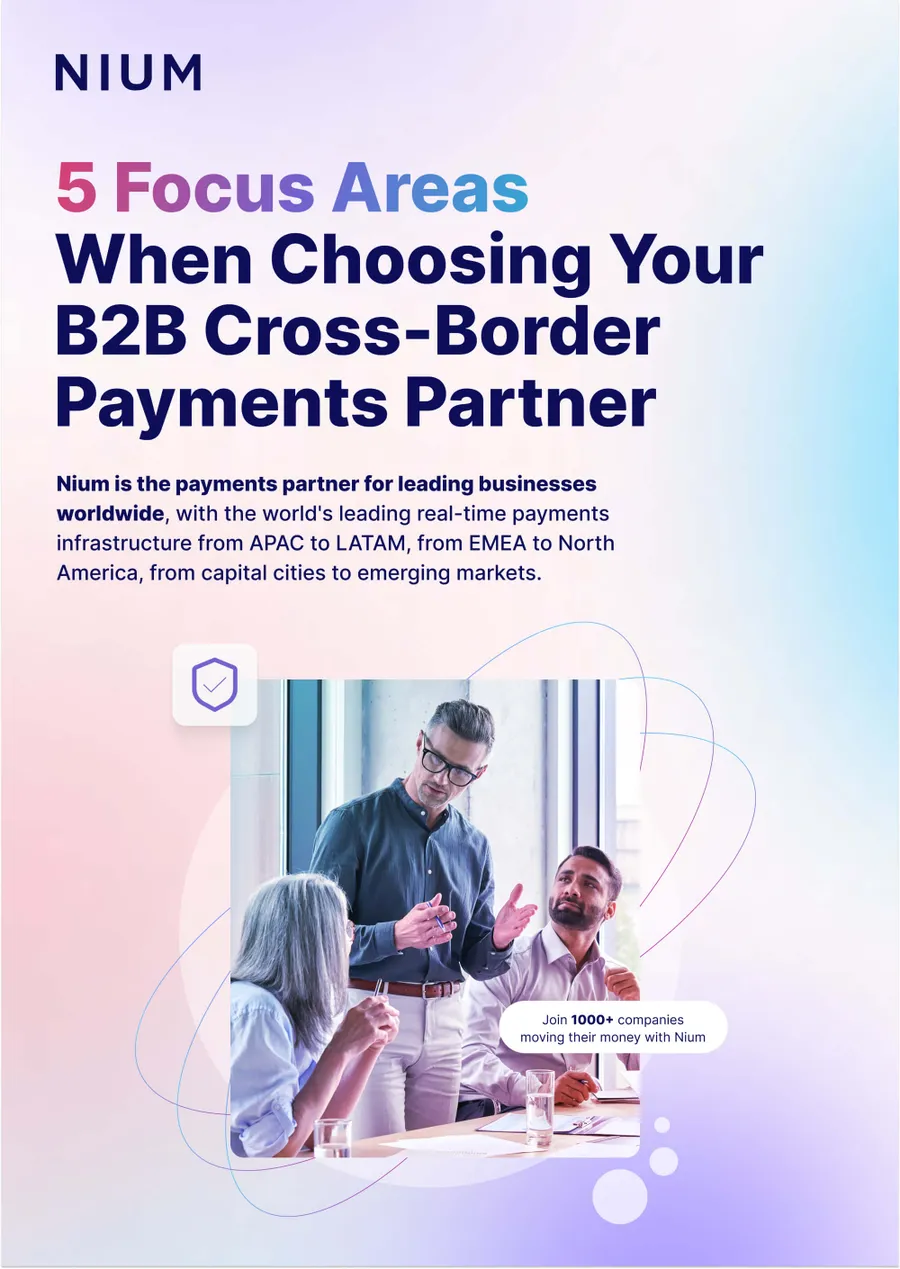To date, we see our jobs as commitments taking place on weekdays from 9 am to 5 pm. Of course, some jobs involve different schedules; others may even have additional workdays. But ultimately, we are used to the idea of reporting to one boss, and a single company paying our salary.
This is a fundamental reason we witnessed a huge migration in the cities and hubs with more office jobs. San Francisco, especially, saw how its workforce migrated to New York, Texas, and Florida in flocks. Likewise, cities like New York City saw large migrations happening to Florida and Texas.
The Beginning of a New Work Era
Now that our brains have learned how to change work paradigms, Web3 has arrived to shift the workforce paradigm 180 degrees. Remote office work has opened the gate to a new breed of workers, and employers are looking at jobs from an entirely different perspective.
The new paradigm has a two-angle approach. First is the upside angle; in the current landscape, participating in your company’s success has meant having complex vesting equity packages, and a bonus tied to the corporation’s performance for the lower workforce tier.
The Upside Approach
When a company wants to share success with its employees, it has to create a stock option program. This process involves a vesting period and massive amounts of lawyer work hours to get it right and consequently protecting employees from unwanted taxes.
Before the IPO, the company stocks aren’t liquid, which means the employees are basically stuck with worthless paper. This liquid compensation depends on an exit, whether a sale or a public offering; otherwise, the employees have a piece of paper holding no value. Some private companies offer liquidity events to let stock option holders cash out some options, however, these are rare and limited.
Web3 has brought a new compensation mechanism that removes the line between cash, which pays bills and holds upside potential. These two merge into a token: an ERC-20 token- it’s that simple.
You may ask, ‘How can an ERC-20 token be both upside and liquid for the employee?‘- and the answer is that DAOs have been experimenting with this model for a few years already. They have been running their operations on a native DAO token that can be liquid on decentralized exchanges and gain value as the DAO grows and solidifies.
Incorporating this token into the traditional workforce model would be like paying gig economy workers with a company token. This token can then be exchanged for cash or held for future exchange if the token gains value with time. If the company is successful and brings utility to the token, then the upside and the compensation are combined in one payment model. The gig worker will have the choice to cash enough to pay bills, alongside saving tokens for future upside.
This model’s flexibility is evident, though there are also drawbacks to be addressed. For starters, our current tax system doesn’t currently support it. But as with every shift of models, tax models evolve, just as they did for the working-from-home model.
Employer-Employee Relationship
Web3 has deconstructed the employer and employee relationship entirely; DAOs don’t hire in the traditional sense of hiring. Instead, they publicly list all the tasks and projects that need to be completed. There is a marketplace between the organization and the contributors where tasks are assigned and payments disbursed in real-time. The workforce chooses what to work on and how much to charge.
In this new world, we can imagine employers not having a workforce of fixed employees but one consisting of many contributors at every level lending their top skills. Some of these could be pitching in managerial expertise, others serving as individual contributors, and the majority just contributors using their time to tackle one of the organization’s challenges.
In this contemporary work environment, contributors can choose when and what to work on. In addition, they can design a career path of learning and projections based on skills and the upside.
In the traditional sense, this paradigm means a very high churn rate in the workforce. But DAOs today have been focusing on retention, only to discover that they need to focus on improved onboarding instead. This is the key to having a healthy pipeline of contributors looking to participate in the company’s success; employees can choose to stay as regular contributors or not have the company on their roster of contributions.
This shift will allow HR teams to work towards community management rather than operational processes. For example, the new workforce doesn’t need an HR team to address complaints in the workplace, but rather a team that can help with improving culture and task distribution.
Work Regulations
There won’t be significant directional changes here; the work regulations, unions, and other models will evolve like any other aspect. However, since the organization’s compensation for tasks and payments can vary, the risks of underpayments, compensation inflation, and other economic risks will be the same.
Conclusion
In a decade from today, when this model is battle-tested, taxes adapted, and with corporations on board, we will see this new form of the workforce as the standard.
The private and public companies will be issuing tokens to pay compensation, alongside adding utility to them to augment their overall value. Companies will manage their capital in the form of this token and liquidity provided by CDBC and stable coins. IRS will start accepting taxes in the form of CBDC, and the workforce won’t have job contracts but a relationship of contribution with the different companies- a dynamic much closer to freelancing.
Contributors will have career growth based on the contributions made. These will be in the form of NFTs issued by the company; our LinkedIn will be auto-filled by our Web3 wallets where these NFTs sit.
Seniority will be measured much differently, and titles won’t matter. Instead, we will see a new breed of performance measurements, value addition, and reliability. These will be standard metrics to measure one’s job qualifications to access specific challenges in an organization they want to contribute to.
Let’s not forget to address a key concern: what happens with the health coverage plans?
The shift of paradigm affects these matters too. The beauty of Web3 programmable money, a.k.a. tokens, is that the workforce can demand that the compensation includes some subsidy for a health care plan. Companies will manage the coverage in a way where the work done is tied to the payments, and the fees are included or subtracted from the wallet directly. Contributors will pay their health care plans based on someone’s contributions and not someone’s employer.
About Nium
Nium is the global platform for modern money movement. It provides banks, payment providers, and businesses of any size with access to global payment and card issuance solutions. Its modular platform powers frictionless commerce, helping businesses pay and get paid across the globe. Once connected to the Nium platform, businesses are able to pay out in more than 100 currencies to over 190 countries – 85 of which in real time. Funds can be received in 27 markets, including Southeast Asia, UK, Hong Kong, Singapore, Australia, India, and the US. Nium’s growing card issuance business is already available in 34 countries, including Europe (SEPA), the UK, Australia and Singapore. Nium’s license portfolio covers 11 of the world’s jurisdictions, enabling seamless global payments and rapid integration, regardless of geography.
Nium was named among “Financial Times APAC High-Growth Companies” and “Best B2B Payment Platform at Future Digital Awards” in 2021.

.png@webp)

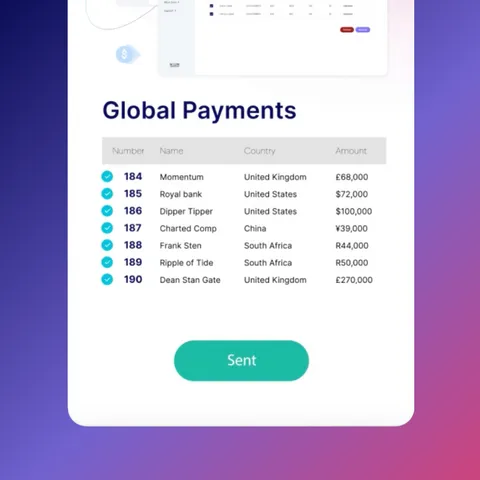
.png@webp)
.png@webp)
.png@webp)
